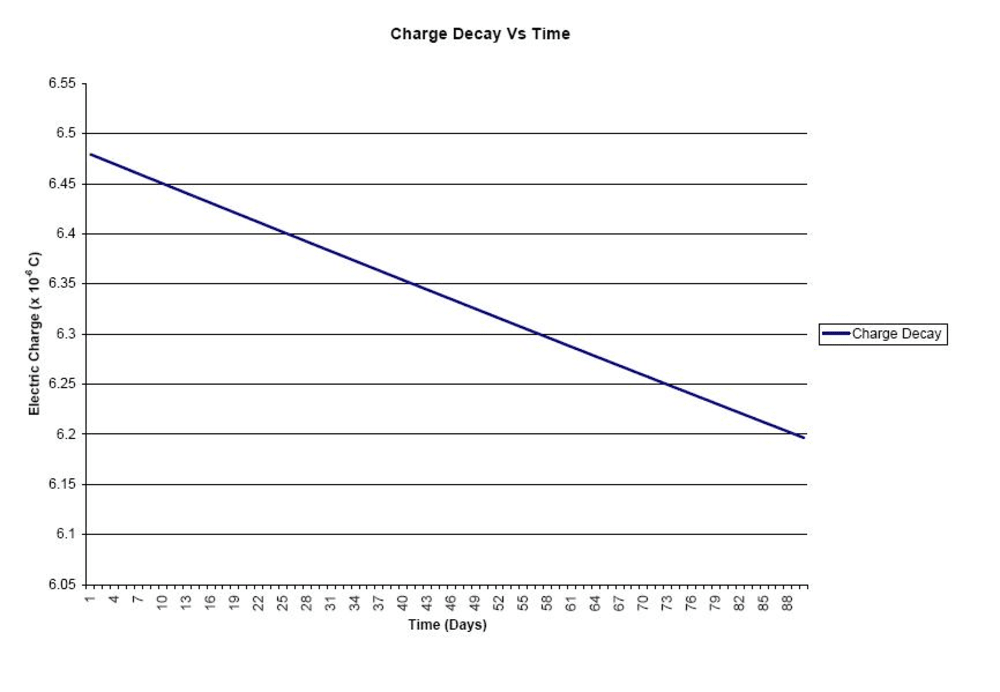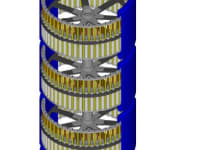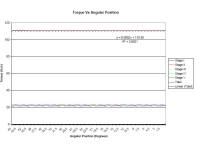This design idea started with the studying of the basic principle of the electrostatic engine developed by Benjamin Franklin and Andrew Gordon, which works by the attraction forces existing between electrical charges of different sign. Also, the study and development of this design idea has been based on theories like Ohm law, Faraday law, Coulomb law, Gauss Law and among others physic fundaments to reach good and promising theoretical results.
The theoretical electrostatic engine (figure 1), works with conductive elements electrically charged with the same or different electrical sign. The innovating issue is that those elements must have an electrical insulator with high volumetric resistivity, to reduce the electric charge decay, ensuring that the interaction will last much longer before reloading the interacting elements; and the use of some conductive elements to cause an imbalance on the electric fields inside the engine. This device will use the resulting electric force, which creates a torque, to rotate a shaft.
With this achievement, and taking in account the conservation of energy, which states that energy can neither be created nor destroyed, it can only be transformed from one state to another; the engine is transforming the state of energy, in the form of an electric field, into mechanical energy or heat.
The advantage of this design idea is that it can be used on cars, buses, ships, submarines and on any vehicle. Also it can be used on the general industry, for pumps, heathers, fan coolers and all the equipment that needs a motor; reducing the use of fossil fuels and consumption of electric energy. In consequence, it can help to reduce global warming and contribute with the development of friendly environment technology.
The results of this investigation, theoretically speaking, shows that this engine can work with a very low consumption of electric energy and can have a big mechanical power output, or it can work long periods of time without been connected to a power supply before reduce it’s power due to the decay of the electrostatic charge.
To give just a peek in the results of the theoretical simulation, you can see on the graphic 1 (figure 2) the net output torque, which is around 110 N.m. Also, it is show in graphic 2 (figure 3) a simulation of charge decay, which shows that by the end of first trimester, without any power supply, it will loose 5% of the total charge. This decay will reduce the output torque in a 10%, delivering a net torque of 100 N.m by the end of the third month.
Sadly, the investigation is much bigger and deeper than the things exposed here and I can’t write more about the subject; also it’s a shame that I can’t give more accurate data because experimental tests have not been carried out until now, due to a lack of funds.
Thanks to all for your attention
Like this entry?
-
About the Entrant
- Name:Anibal Rivero
- Type of entry:individual
- Software used for this entry:Microstation
- Patent status:none








